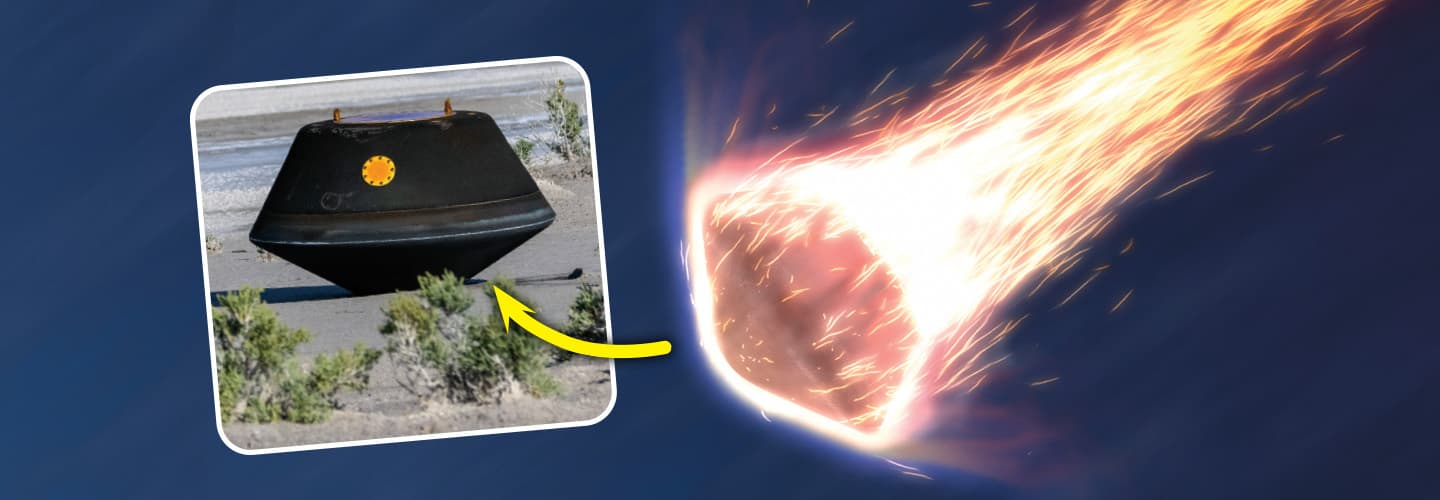In September, a strange container parachuted into the Utah desert. The capsule’s landing marked the end of a seven-year journey in space. Scientists were eager to open it. What was inside?
“There’s a whole treasure chest of extraterrestrial material,” says Dante Lauretta. He’s a professor at the University of Arizona and the mission’s lead scientist.
The capsule contained pebbles and dust from a 4.5-billion-year-old asteroid named Bennu. The samples are the first that NASA, the U.S. space agency, has ever collected from an asteroid.
The mission began in 2016, when NASA launched the OSIRIS-REx spacecraft. It reached Bennu two years later. At the time, the asteroid was 200 million miles from Earth. The spacecraft spent another two years orbiting Bennu, taking photos and searching for the perfect spot to gather samples.
Finally, in 2020, the spacecraft’s robotic arm carefully scooped up the samples. A few months later, OSIRIS-REx began the long trip back toward Earth. It dropped off the samples in a sealed capsule as it zoomed past our planet.

